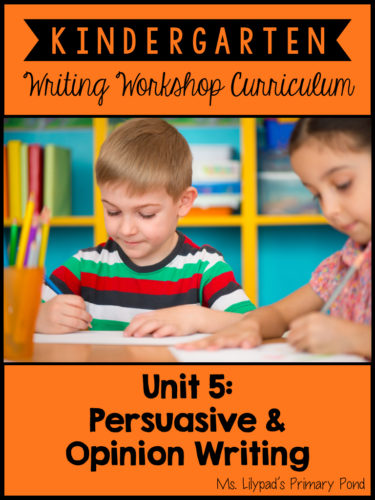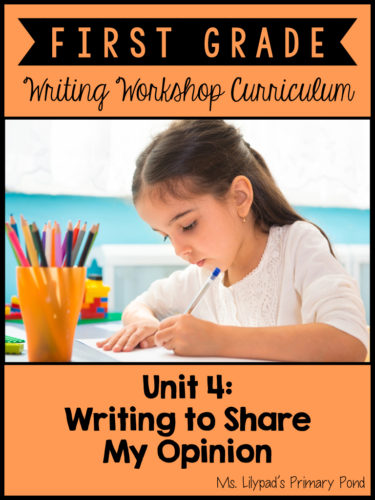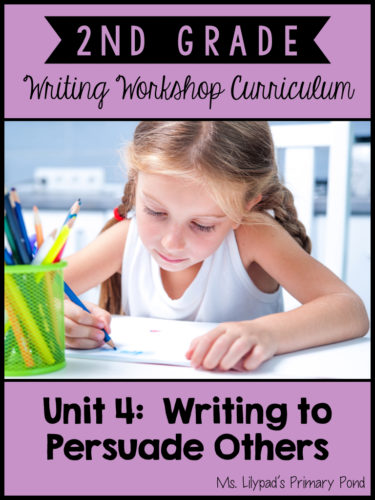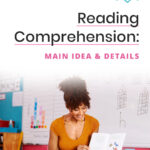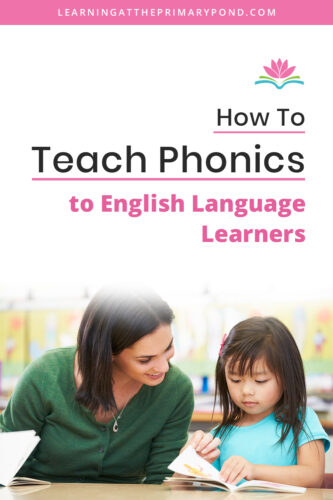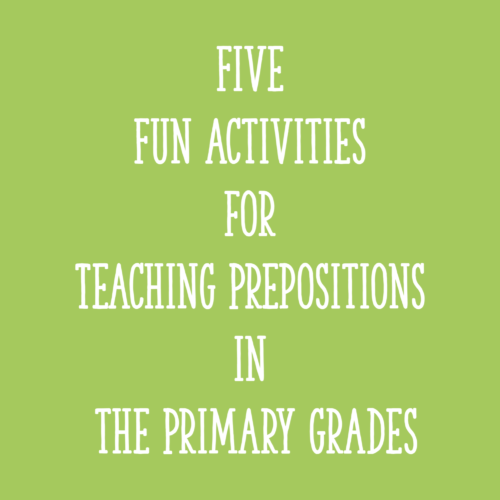Let’s face it – young students’ opinion writing can get boring pretty fast:
I like pizza. Pizza is yummy. Pizza tastes good. Pizza is the best food!
But it doesn’t have to be like that! We can help even our youngest writers add more details to liven up their persuasive or opinion pieces so they sounds more like this:
Rosati’s pizza is the best food I’ve ever tasted! It’s full of flavor and never boring to eat. Also, you can put healthy vegetables on your pizza and it still tastes AMAZING! If you like crispy, delicious pizza, then you should definitely try Rosati’s.
Today’s post is the last in my series about teaching students to write with details. In this post, I’ll suggest different lessons you can use to get primary students writing with more details, as well as provide videos and freebies to support your teaching!
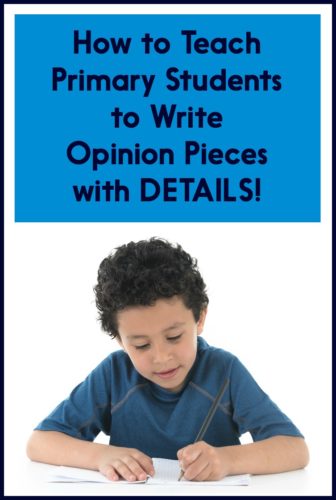
Photo Credit: MidoSemsem, Shutterstock
Disclaimer: This post contains an Amazon affiliate link.
Lesson Idea 1: Communicate emotion through drawings
Having kids draw before they write is so valuable because it helps them get their thoughts and ideas together. But students can also communicate powerful messages through their drawings! We can teach students that they can convey emotions through their drawings and the colors that they choose. For example, if a writer wants to convince the reader that their topic is good, exciting, helpful, or positive, she can draw people looking happy and use bright colors. On the other hand, if the writer’s opinion is that something is bad, he can draw to show why it is unhealthy, dangerous, boring, etc. Children can draw peoples’ sad, upset, or bored faces, use dark colors, and so on. Here’s a little video that demonstrates how the illustrator of One Word from Sophia uses this strategy:
To download the lesson that goes with the video (and other lessons about teaching students to write with details), fill in your information below:
Success! Now check your email to download the freebie.
Lesson Idea 2: Use strong adjective to describe a topic
Opinion or persuasive writing often requires the writer to describe the topic. Many students will over-use general adjectives like good, bad, nice, etc. Once students are familiar with the genre of opinion/persuasive writing, push them to take their writing to the next level by replacing boring adjectives with more exciting ones. You can show students how you revise a piece of writing to include more interesting adjectives. You might also have the class create an anchor chart of adjectives for their opinion/persuasive pieces – use a t-chart format, listing positive adjectives on one side and negative adjectives on the other. A lesson on this topic is included in your free download (make sure you’ve subscribed to receive it!).
Lesson Idea 3: Expand upon your reasons with more details
Once students (first grade or older) have mastered the skill of giving reasons to support an opinion, they can then learn to expand upon each reason with more details. This helps prevent their writing from sounding like a choppy list of one reason after another. Here’s an example of this:
Reason: Also, exercise is fun.
Reason + Details: Also, exercise is fun. There are many enjoyable sports you can chose. You can play on a team with your friends!
In the video below, I demonstrate how Jim Averbeck, the author of One Word From Sophia, uses this strategy as Sophia tries to talk her family into buying her a pet giraffe:
This lesson is also included in your free download (scroll back up to subscribe).
Lesson Idea 4: Describe a problem in detail
As students’ opinion and persuasive writing matures, we often ask them to write to solve problems or suggest solutions to challenges. For example, several years ago I had my second graders write to different people in our community to suggest ways to improve it. One student decided to write to the local police to ask them to put “slow” or “yield” signs in his neighborhood. He felt that drivers were speeding and being unsafe in places where children play (he came up with this on his own!). I showed him how to describe the problem in detail first, so that the reader of his letter really understood why it was important to put those signs up in his neighborhood. This is not a skill that I teach Kindergarteners or beginning first graders – but with practice, primary students can certainly learn this strategy.
Lesson Idea 5: Imagine what someone else who disagrees with you might say, and argue against it
This strategy is called making a counterargument. It sounds complicated, but many of my second graders mastered it with some support. One of the easiest way to get started with this strategy is to have students talk about a “hot topic” in pairs (school uniforms, allowing sugary birthday treats in school, banning contact games like tag on the playground, etc.). Students talk for a few minutes and then change partners – multiple times on the same topic. This experiences helps them understand that people have different opinions – and that anticipating arguments against your own can actually strengthen your own case. A simple way to help students include a counterargument in their writing is to give them a sentence frame: Some people might say that ______, but I think that ______. This is a more advanced strategy (and definitely not required in the primary grades)! But it’s a good way to challenge your more advanced students to bring their opinion or persuasive writing to the next level.
Conclusions
I’ve had a lot of fun creating this series, and I hope you’ve enjoyed reading it! (By the way, if you missed some posts, you can read the nonfiction detail-writing post HERE and the fiction detail-writing post HERE.)
If you’re looking for more lessons on opinion and persuasive writing, check out these units for Kindergarten, first, and second grade:
Happy teaching!

